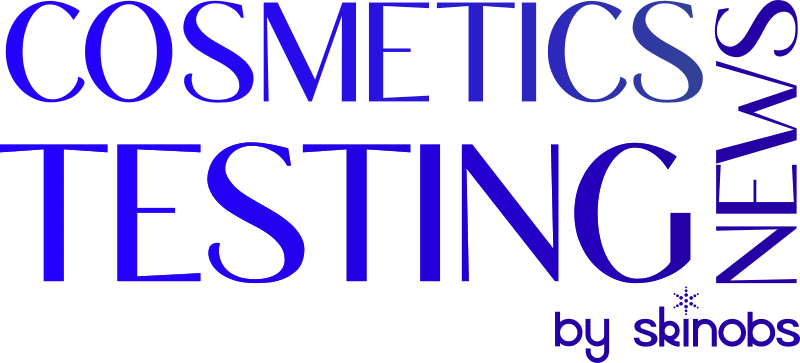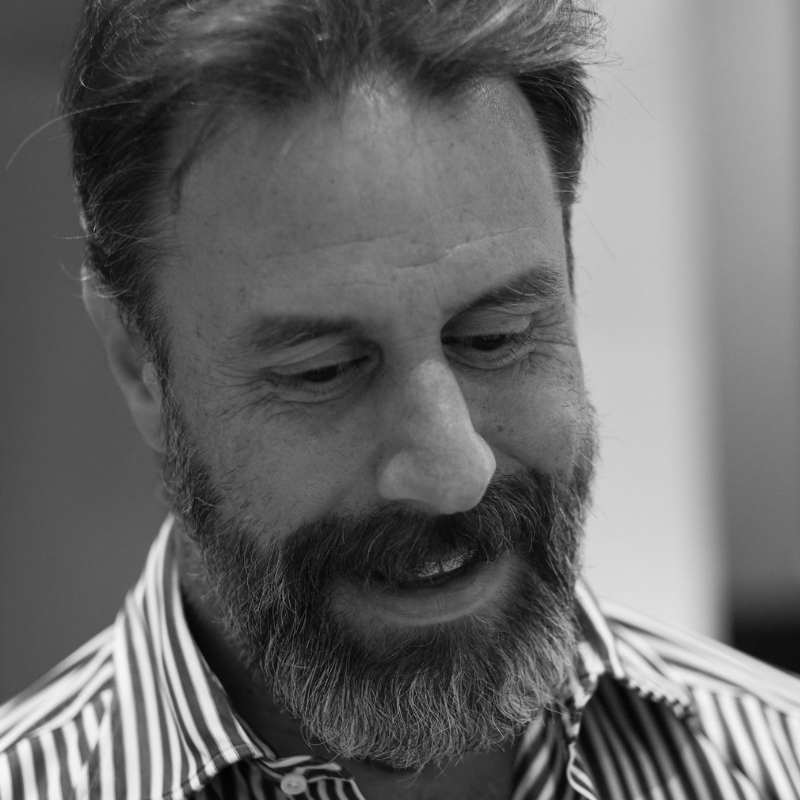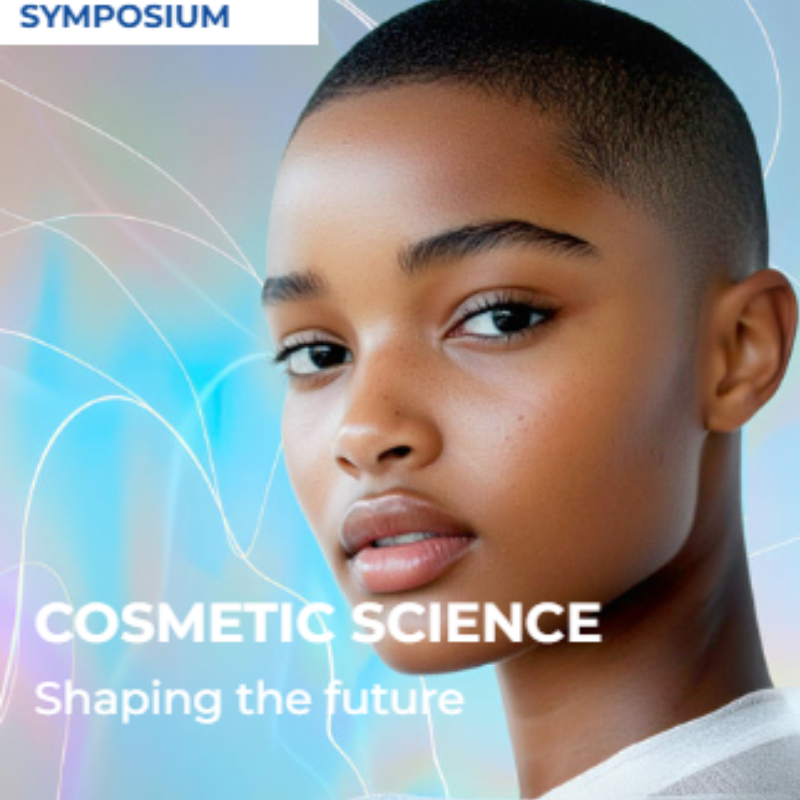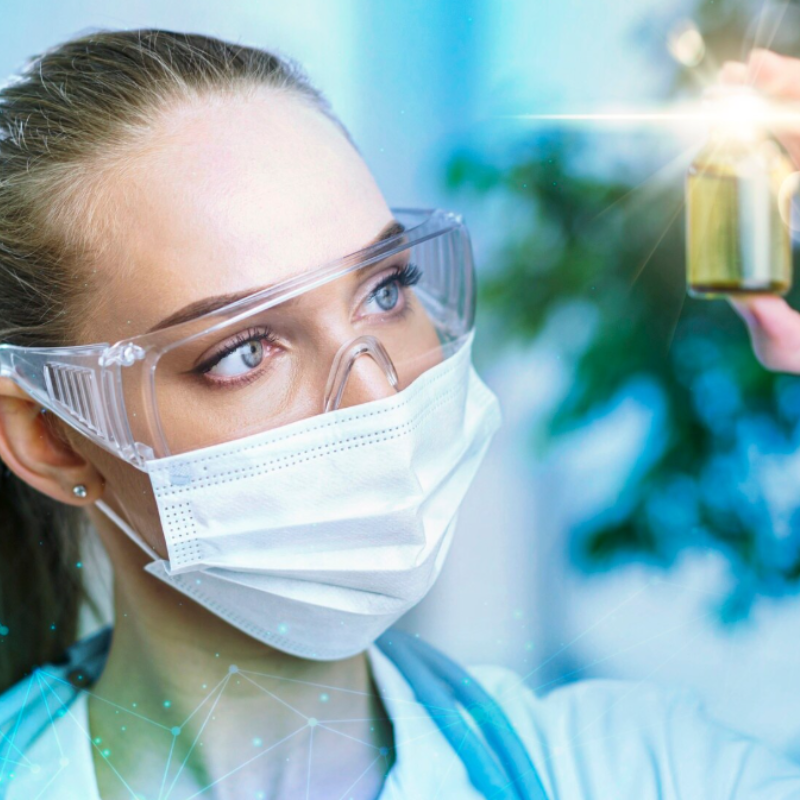How does the recent trend toward “longevity” change the current approach to cosmetic care, which until now has been more focused on anti-aging/pro-aging performance?
It’s mostly a matter of definitions. Another way I’d myself interchangeably use for “longevity” is healthy aging, which surely overlaps earlier concepts. There are distinctions nonetheless, based on scientific advances. First, where this may initially diverge from previous strategies lies in a new understanding: that aging in itself, because of nature’s imperfection (from an anthropocentric perspective – an arrogant stance, I admit), indeed starts as soon as we are born.
Then, and this is what strikes me the most, the recent proposal somehow also expands on the current ones in that it aims at targeting pathways at the root of aging while these are perhaps not -or not yet- associated with visible signs of aging, which somehow subtly goes beyond appearances and beauty.
Aging is at last today shown to mostly be driven by extrinsic conditions affecting (the intrinsic) molecular and cellular processes; we do not age in a linear way with time, and each of us may experience a different pace of aging depending on more of less healthy behaviors and choices over the course of our lifetime. All in all, longevity teaches us we have much more biological leverage than it was previously thought and that we can not only preventively slow but also stop or even reverse aging processes.
An exciting consequence is that cosmetics can become biohacking tools of some sort in the light of how skin health is correlated to overall health in a bilateral way according to recent publications. Hacks for skin’s healthy aging, locally, and maybe even health (!!).
How can we envision the challenge of evaluating and using innovative technologies (AI, omics, etc.) to assess this “longevity” performance associated with cosmetic care?
The challenges are legions and this should be met with caution but also stimulation and enthusiasm. First of all, skincare still has to deliver on the visible signs of aging, so tackling any longevity pathway alone may be at times limiting, particularly in the timelines usually associated with cosmetic clinical studies. There was a time, long gone, when in vitro studies were considered somewhat sufficient in the context of active ingredients – now clinical resonance is systematically expected, with associated proven efficacy results, generally vs. placebo.
But how does one clinically demonstrate an invisible trait or parameter has been enhanced..? This undoubtedly pushes for more elegant and sophisticated testing. For the demonstration to go full circle, I would personally suggest, amongst other strategies, thinking about panels’ inclusion/exclusion criteria wisely (a «same» Bazin grade 4 wrinkle clearly indicating a different state or pace of aging between individuals in a panel aged 40 to 60 years old, for example), associated with the collection of samples (strips or samples of biofluids) where targeted biomarkers can be traced vs D0. Clinical studies conducted as usual, whatever fancy in vitro data one has accumulated, even if the product still delivers (!), won’t be sincerely considered innovative in the field of evidence-based longevity.
It’s also possible, and I’m somewhat secretly counting on this, that AI allows us to discover, describe and categorize new signs of aging that were so far imperceptible to our eyes and technologies, or such hidden precursors.
In your opinion, what relationship can be seen between the topic of “longevity” and that of epigenetics when it comes to evaluating cosmetic performance?
All cells, including skin cells, need constant monitoring of their own state and environmental conditions in order to best ensure their functions, accurately communicate with their neighbors, by releasing substances or extracellular vesicles, or dictate their own fate. They only do so by producing proteins, mostly transiently. Cell differentiation definitely limits the production of proteins to specific sets and so allows supremely distinct functions between a liver and a eye photoreceptor cell, for example. These clearly share a same DNA but its expressed portion is under the control of epigenetic phenomena and markings. The same happens with aging, which means some physiological properties get lost with time for these cells, under epigenetic control.
Biological clocks based on one much studied epigenetic scheme (DNA methylation patterns) are today’s golden standard defining a biological age vs. a chronological age. In other words, within their own suggested metrics, these «clocks» show how gracefully or protected one has aged in terms of molecular mechanisms (pace or state of aging vs. time). Some of them are offered as well-adapted to skin aging. It is however relevant to mention that other age-related epigenetic traits (histone modification patterns and/or typical ncRNAs profiles) have been associated with specific skin-related targets, like collagen for example. As such, epigenetics is a promising way to study longevity. It can provide information for panel selection, be used as target to reactivate some lost physiological functions too (as markings are by definition reversible), and as a reusable method of measure for clinical studies.
Epigenetics is nothing strictly reserved to aging alone though, and epigenetic states and markings -that may be more or less transient- are, too, widely associated with circadian rhythmicity, exposure to existing stressors (UV, pollution, circulating cortisol, infections,…), levels of hormones and/or nutrients or pathologies (diseases or even cancer). In this context as well as in aging, epigenetics inform of the current phenotypic state of a cell. One that does not automatically require correction. This further allows studying skin healthy aging, with an extended, more holistic view on chronobiology, hormonal levels within the feminine cycle, (peri)menopause, states of mind and emotions or exposure to external conditions (the «exposome» at large, including microbiome-tissue or host interactions).
Finally, according to you, what is the new way of considering the expected results of these beauty routines in order to satisfy both the requirements of brands and ingredient manufacturers and the expectations of consumers in terms of instant diagnosis, personalization, etc.?
Longevity, or (again) healthy aging, commands evidence, not just science, and we’re today indeed gently moving away from too wide standards or inacurately-addressed segmentation, understanding with humility we all age at a different pace, following distinct patterns.
This on the one hand opens the stage for data-driven, AI-based recommendations potentially delivering high-precision personalization and, on the other,diagnostic-driven solutions, that may go as far as mimicking or replicating the initial efficacy testing at CROs, but this time done at clinics, points of sale or even at home, on individual customers, at different endpoints, allowing for a beauty routine to be adapted and tailored as time passes.
AI-powered digital twins might also become a new standard for specific skin issues or pathologies, somehow guiding in vitro early work by brands or R&D teams designing active ingredients, or maybe even dictating endusers product’s selection individually.
I’m looking forward to seeing how apps, wearables, devices and imaging are going to further devotedly shape all this. Population pyramids are contracting, informing of an aging population trend, associated with lower birth rates. With social media, emotional wellbeing and health/fitness being focus points of cosmetic consumers, my belief is that longevity has only just started.
About Philippe Papadimitriou
Innovation, curiosity, and science are the three cornerstones of Philippe Papadimitriou’s approach to cosmetics and health. Guided by this ethos, he has led multidisciplinary teams to develop breakthrough formulations, drive market growth, and translate cutting-edge research into consumer-ready solutions. Drawing on extensive academic training in molecular biology, pharmacology, biochemistry, and neuroscience, as well as deep expertise in every stage of product development, including designing (pre)clinical studies, Philippe consistently transforms complex challenges into tangible solutions. With more than 20 years in cosmetology, he serves as honorary Scientific Director at Hormeta and acts as Open Innovator at Cosystems, the freelance entity he founded in 2019.





